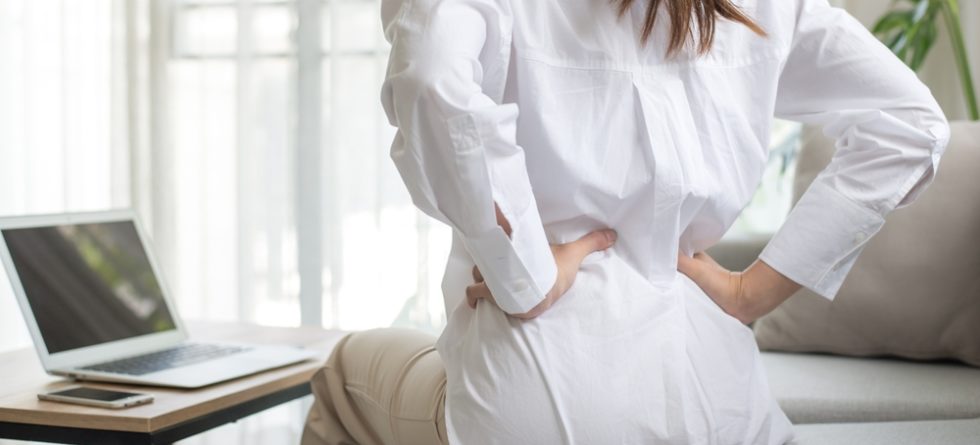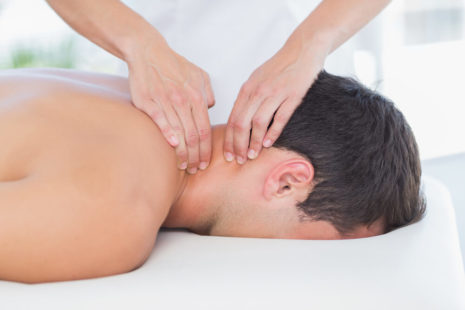Sitting can help alleviate the symptoms of spinal stenosis, a condition characterized by the narrowing of the spinal canal, which can lead to pressure on the spinal cord and nerves. Individuals with spinal stenosis often experience pain, numbness, tingling, or weakness in the legs, and these symptoms can worsen with certain activities, such as standing or walking.
Sitting offers several advantages for individuals with spinal stenosis…
- Reduced Spinal Compression – When sitting, the spine is typically in a flexed (bent forward) position. This flexed position can create more space in the spinal canal, relieving pressure on the spinal cord and nerves. As a result, sitting can provide a temporary respite from the symptoms of spinal stenosis.
- Rest for Weakened Muscles – Individuals with spinal stenosis may experience muscle weakness and fatigue in the legs due to nerve compression. Sitting allows these muscles to rest and recover, reducing the risk of exacerbating symptoms.
- Decreased Weight-Bearing – When sitting, the body’s weight is transferred to the chair, reducing the load on the spine and lower extremities. This can help minimize the impact on the compressed nerves.
While sitting can provide relief, it is not a long-term solution for managing spinal stenosis. Prolonged periods of sitting without movement can lead to stiffness and muscle imbalances. Therefore, it’s important to balance sitting with regular changes in position and incorporate movement and exercise into your daily routine.
Here are some recommendations for managing spinal stenosis…
- Physical Therapy – A physical therapist can help develop an exercise program to improve flexibility, strengthen muscles, and promote better posture.
- Postural Awareness – Maintaining good posture while sitting is important. Using lumbar supports and ergonomic chairs can help minimize spinal stress.
- Regular Movement – Avoid sitting for extended periods. Get up and walk around, or perform gentle stretching exercises to break up prolonged periods of sitting.
- Weight Management – Maintaining a healthy weight can help reduce pressure on the spine.
- Medications – Over-the-counter or prescribed medications may be used to manage pain and inflammation under the guidance of a healthcare provider.
- Injections – In some cases, epidural injections of corticosteroids can provide temporary relief from spinal stenosis symptoms.
- Surgical Intervention – For severe cases or when other treatments are ineffective, surgery may be considered to alleviate pressure on the spinal cord or nerves.
Individuals with spinal stenosis should work closely with their healthcare provider to develop a comprehensive management plan tailored to their specific conditions and needs.




